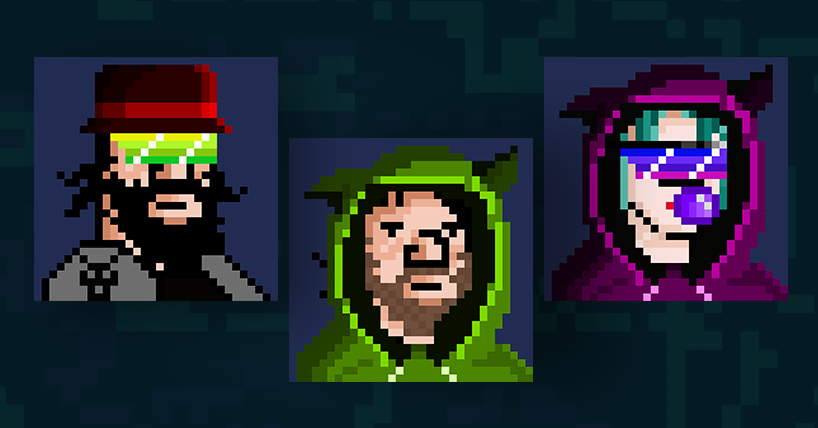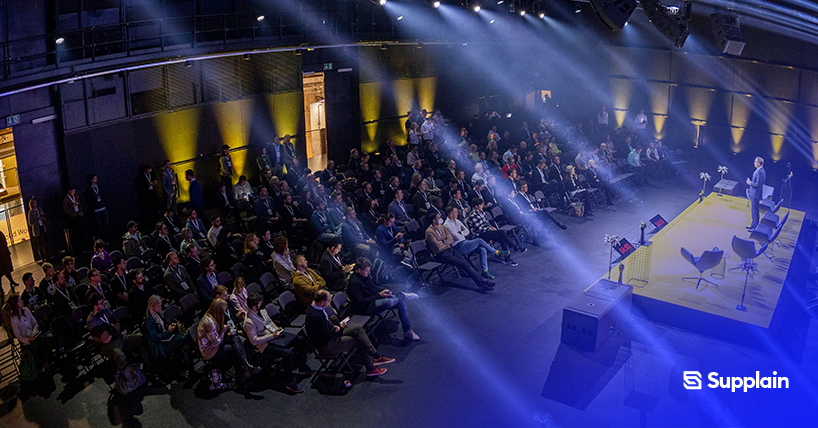
Players want a more prominent role in their video games and to be rewarded for their time spent online. Not only be rewarded but also, once they have finished the game or levelled up, then they will have a secure way to sell their characters, taking a little loss or even earning profits.
This approach has led to the creation of a new industry within Web3 called GameFi — a combination of gaming and finance. GameFi refers to the financialisation of video games characterised by its 'play-to-earn' (P2E) business model, which refers to blockchain-based games that offer tokenised incentives to in-game players.
Some of the P2E is only about constant earning. Most of it is excellent gameplay and the possibility to get some of your money back after spending thousands of dollars in-game.
What is GameFi?
GameFi is a term to describe play-to-earn blockchain games that offer paid incentives to players. The GameFi ecosystem is built using NFTs, collectable avatars, digital assets, in-game currencies, and cryptocurrencies, all using blockchain technology to create a virtual gaming space.
Usually, players earn in-game rewards by completing tasks, progressing through other game levels, and battling other players. They can also transfer their assets (NFTs) outside the game to trade or exchange on crypto and NFT marketplaces.
How does GameFi usually work?
GameFi rewards vary. They could be in the form of in-game assets like virtual land, avatars, in-game items, new NFTs or cryptocurrencies.
Each GameFi project adopts a different model and game mechanics. Typically, the in-game assets will provide specific advantages to players, allowing them to generate more rewards. Nevertheless, several games also include avatars and cosmetics that are entirely aesthetical and have no impact on the gameplay and subsequent earnings.
Whilst the gameplay mechanics of GameFi projects differ, there are some similarities:
P2E business model
Unlike traditional gaming, where players are motivated to win, GameFi projects adopt a play-to-earn model to incentivise them to play and progress in return for measurable rewards. These are in the form of in-game cryptocurrencies or NFTs.
Asset ownership
Previously, game developers locked in-game purchases within a single game. Players were unable to use them outside of the game. With a P2E business model, players own their in-game purchased and tokenised assets, being able to exchange them for cryptocurrencies and fiat currency. Assets can range from vehicles to plots of virtual land tokenised on the blockchain.
Use of blockchain technology
GameFi projects run on blockchain technology, a digital ledger, so to speak. Blockchain technology tracks player ownership whilst ensuring that all transactions are transparent. The use of blockchain or tokenising in-game assets gives the users:
- Proof of Ownership
- Improved Liquidity
- Enriched Utility
- Portability
DeFi solutions
Numerous GameFi projects include decentralised finance (DeFi) elements, including yield farming, liquidity mining and staking that provide additional ways for players to increase the number of token assets held.
More of the above is described in detail below.
More about the play-to-earn business model (P2E)

As mentioned above, most GameFi projects utilise the play-to-earn business model (P2E). P2E is somewhat different from the pay-to-play model adopted by traditional video games in that it requires gamers to invest before they can begin playing.
For instance, video games like Call of Duty need players to purchase licenses or recurring subscriptions.
In most cases, traditional video games will not generate any financial returns for players, and their in-game assets are controlled and held by the gaming company. In contrast, P2E games can give players complete control over their in-game assets while offering opportunities to make money.
However, remember that it all depends on the model and game design adopted by the GameFi projects. Blockchain technology can (and should) give players complete control over their in-game assets, but that is only sometimes the case. Players must understand the game's functions and who is behind the project before getting into a P2E game.
Also, consider that P2E games can be free-to-play and still offer financial incentives for players. However, some GameFi projects require players to purchase NFTs or crypto assets before playing; as such, doing your own research (DYOR) and evaluating the risks is crucial. If a P2E game requires a significant investment to start and the rewards are small, you will likely lose the initial investment.
One popular play-to-earn game is World of Freight. It is an Ethereum and Polygon-based NFT game that has grown in popularity since 2021. Gamers can use their NFT vehicles (WOFs) to earn WOF tokens by completing daily races and upgrading their vehicles.
They can also use Freight Punks, collectable avatars that function as drivers for the NFT vehicles. Attaching these driver NFTs to the vehicles enables players to earn XP and skill points that players can use to learn new skills and become better racers.
These Freight Punks and vehicle NFTs can be used in-game or traded on an official NFT marketplace.
Apart from buying and selling vehicles, players can lease their vehicles through the in-game NFT renting marketplace to other players, allowing owners to earn without playing the game. This lending model is known as scholarship.
In other words, WOF owners can make a passive income whilst others can play the game without investing. The earned rewards are then split between scholars and WOF owners, or sometimes, there are pre-payments to get the vehicle.
The involvement of DeFi apps
Some GameFi projects offer DeFi products and elements, including staking, liquidity mining, and yield farming. Typically, players can stake their in-game tokens to earn rewards, unlock rare items, or access newer gaming levels.
Introducing DeFi elements can also make crypto gaming more decentralised. Unlike traditional game studios that exercise centralised control over game patches and updates, GameFi projects permit the player community to participate in their decision-making process. They propose and vote for future updates via decentralised autonomous organisations (DAOs).
For instance, Decentraland players can vote on in-game and organisational policies by locking their governance tokens in the DAO. The more tokens players lock, the more voting rights they wield, thus leading to a more significant influence in developing the game with the game's developers.
So, are video games now considered GameFi?
Traditional video game players can also earn in-game currency and collect digital assets to upgrade their characters. Still, these tokens and items cannot (or are not supposed to) be traded outside of the game. In most cases, they do not even carry any value beyond the game's scope. Even when they do, players are often prohibited from monetising or trading their assets in the real world.
In blockchain games, the in-game tokens and assets are usually cryptocurrencies and NFTs. Some blockchain games use virtual tokens rather than crypto or NFTs, but players should still be able to convert their in-game assets into NFTs if they wish.
Gamers can transfer their earnings to crypto wallets and trade their assets on crypto exchanges or NFT marketplaces. They can then convert their crypto profits into fiat money too.
How to get started with GameFi

1. Create a crypto wallet
Players will need a crypto wallet to conduct in-game transactions and store their virtual currencies, and NFTs collected during gameplay. There are numerous wallets available, but most P2E games require specific wallets.
2. Connect your wallet with the game
Unlike traditional pay-to-play games that require login details, GameFi projects use a player's crypto wallet as their account. Players should only use wallets downloaded from the official app stores linked to the wallet's official website to avoid scams. Further, as an additional security precaution, players should use a different wallet for each game played.
3. Add funds to your wallet
Players will then need to fund their crypto wallets with a compatible cryptocurrency (like Polygon or Ethereum) to purchase required game items to become part of the game (vehicles, weapons, armour, avatars).
4. Mint an NFT
Minting an NFT means you buy a unique NFT directly from the project, thus generating an individual image file with the features of the smart contract you can play within the game.
The future of GameFi
With an estimated 3.24 billion gamers across the globe, there is a massive opportunity for growth in the GameFi sector. In 2021 alone, investors poured over US$3.6 billion into crypto gaming NFT startups, making 2021 a landmark year for the burgeoning industry.
For those who work in the Web3 industry, gaming represents the most likely path to widespread blockchain adoption. This opinion is supported by a DappRadar x BGA Games report, which found that blockchain games attracted 1.22 million unique active wallets (UAW) in March 2022.
With that said, the gaming community is resistant to blockchain-based games, particularly in-game mechanics and NFTs. Thus, UX and the games must be intuitive to attract and retain new audiences.
Read our list of the top P2E games here.

![Here are the best NFT games [Updated List]](https://strapi.supplain.io/uploads/What_is_so_special_about_a_World_of_Freight_NFT_and_what_will_move_the_project_forward_b89946b520.png)
